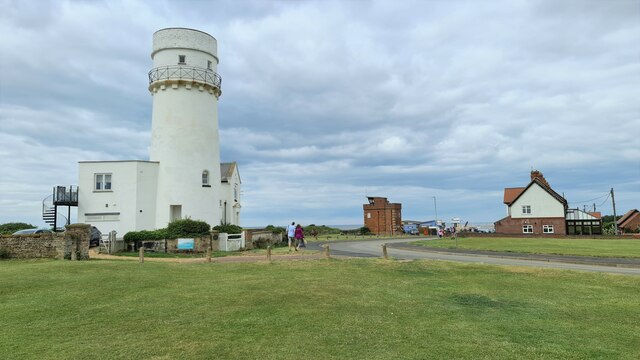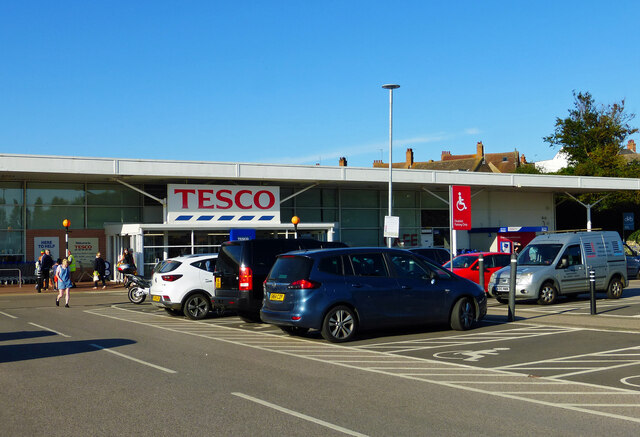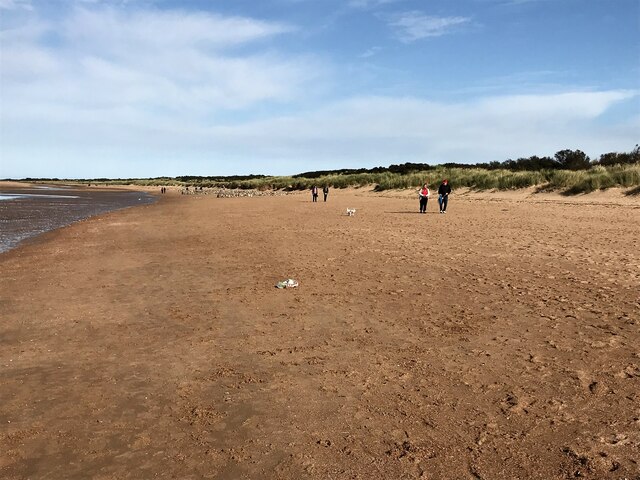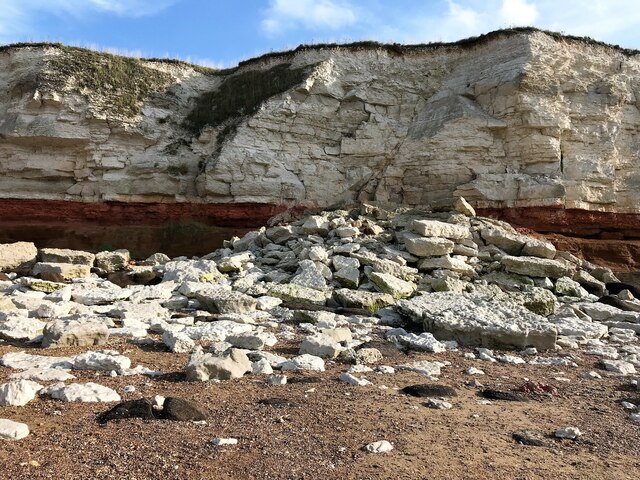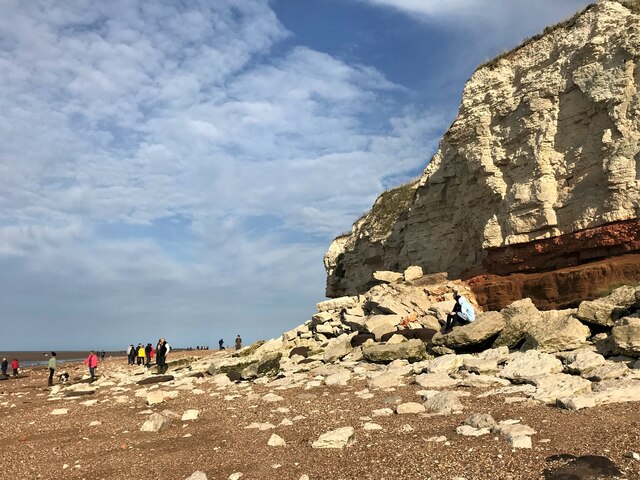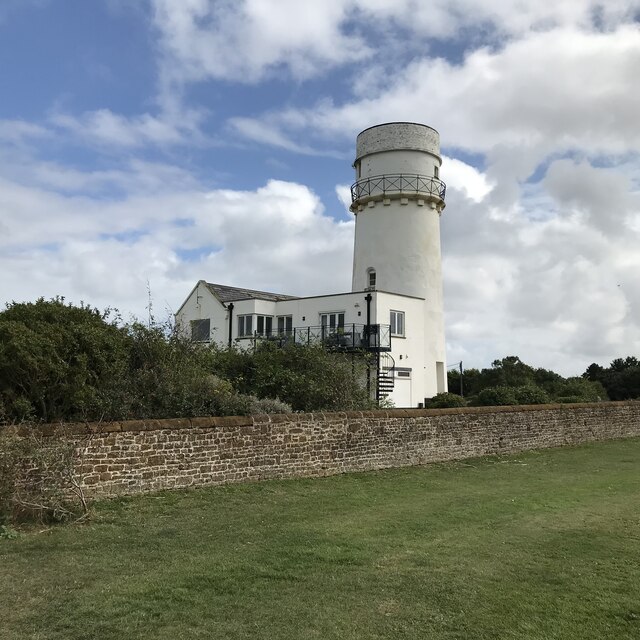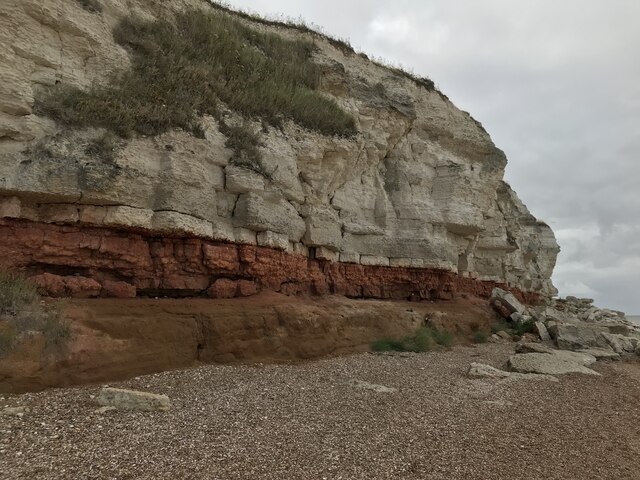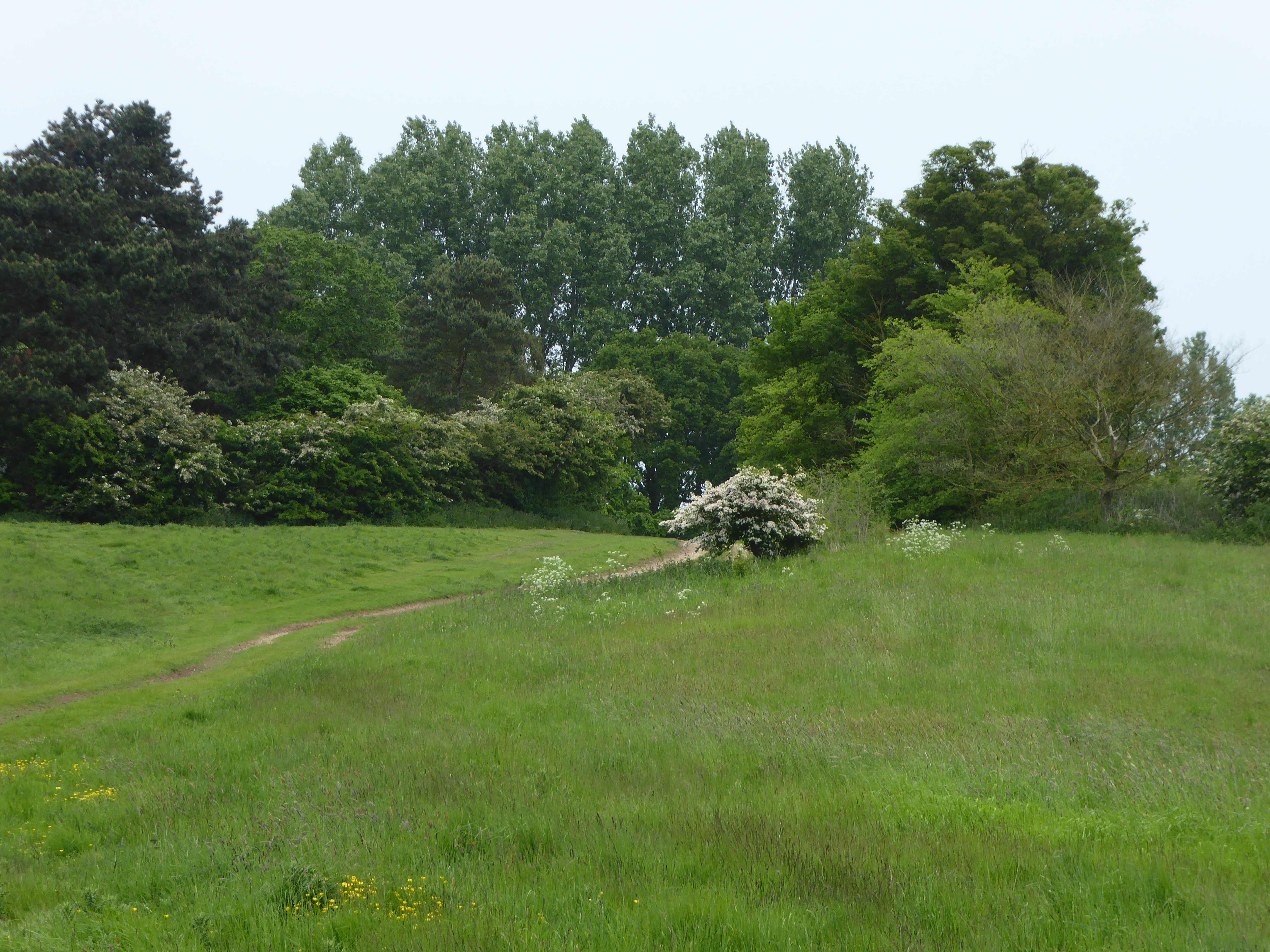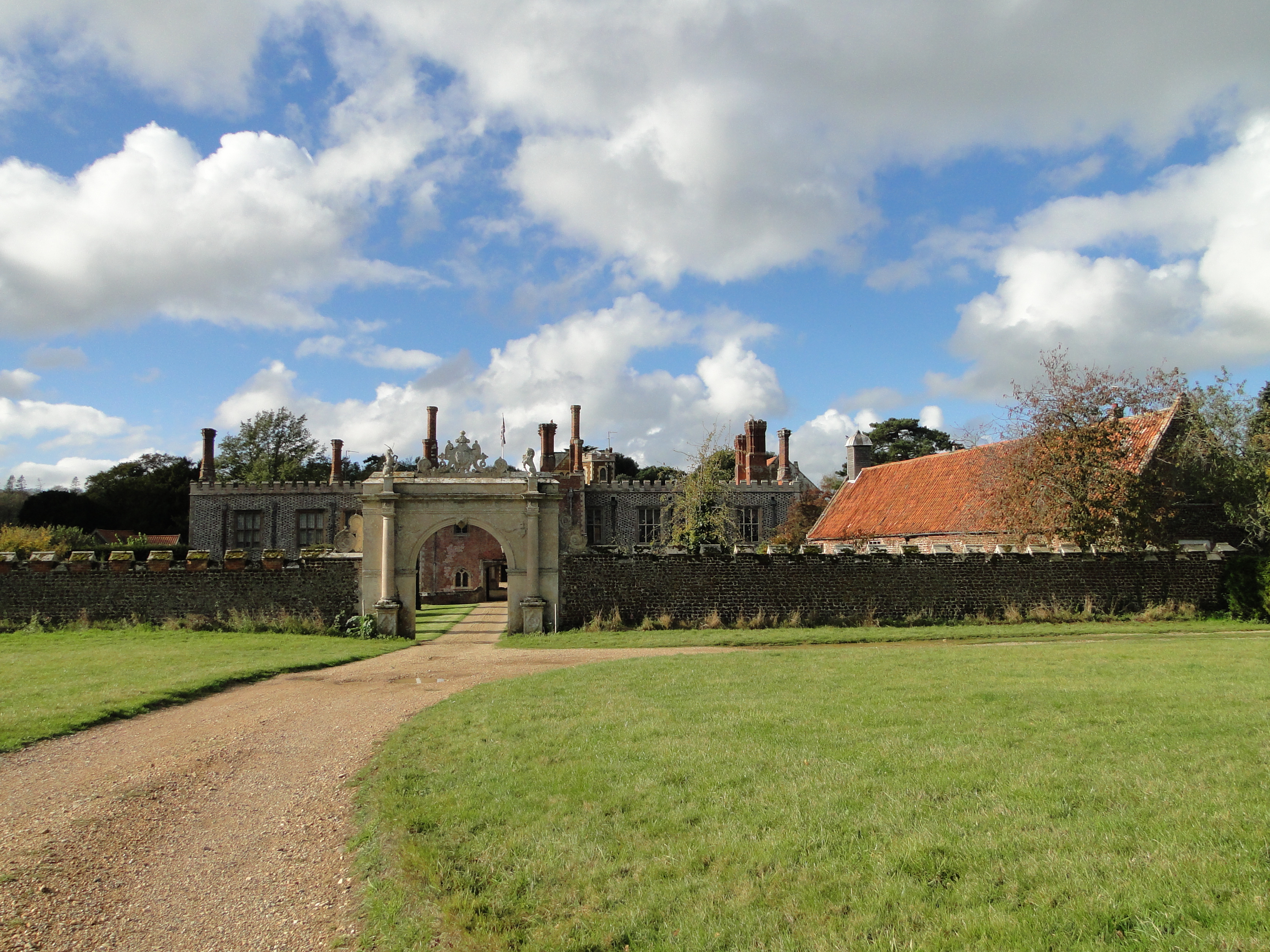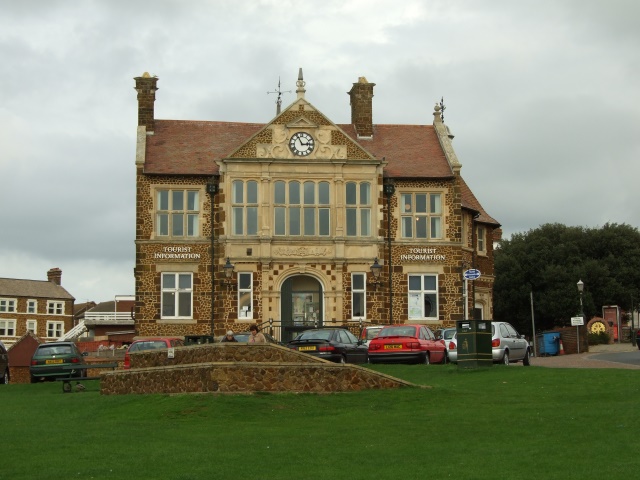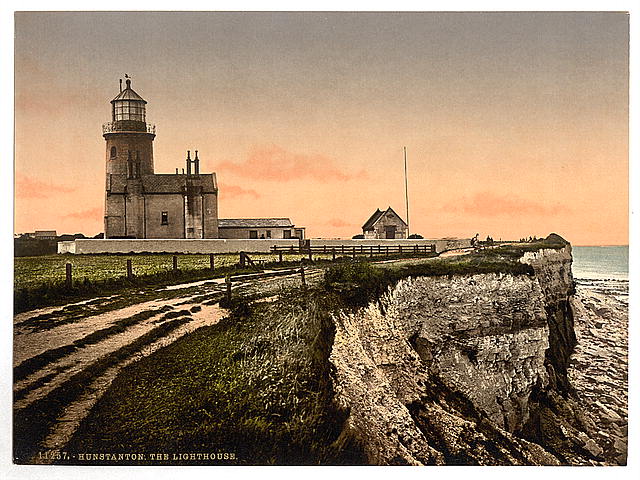Beech Wood
Wood, Forest in Norfolk King's Lynn and West Norfolk
England
Beech Wood
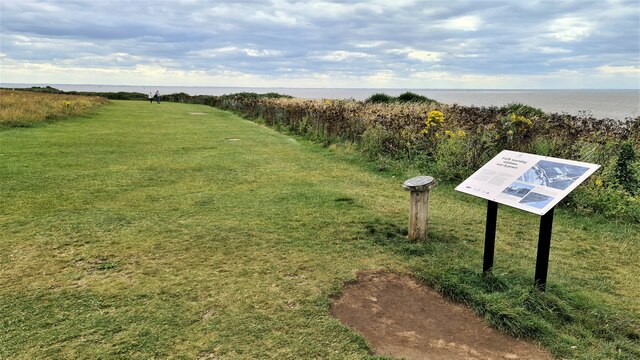
Beech Wood, located in Norfolk, is a picturesque forest known for its abundant beech trees and diverse wildlife. Covering an area of approximately 500 acres, this woodland area offers a tranquil retreat for nature enthusiasts and outdoor enthusiasts alike.
The forest is characterized by its dense canopy of tall beech trees, which provide shade and shelter to a variety of flora and fauna. The towering trees create a serene and peaceful ambiance, making it a popular destination for hikers, birdwatchers, and nature photographers.
Throughout the wood, visitors can find a network of well-maintained trails, allowing them to explore the beauty of the forest at their own pace. These paths wind through the woodland, offering glimpses of enchanting wildflowers, moss-covered rocks, and bubbling brooks along the way.
Wildlife thrives within Beech Wood, with numerous species calling this forest their home. Birdwatchers can spot an array of avian species, including woodpeckers, owls, and various songbirds. Squirrels scamper through the trees, while rabbits and deer occasionally make appearances, adding to the sense of natural abundance and diversity.
In addition to its natural beauty, Beech Wood also holds historical significance. The forest has been documented as a site of human habitation dating back to ancient times, with archaeological findings indicating human presence since the Neolithic era.
Overall, Beech Wood, Norfolk, is a haven of tranquility and natural beauty. Whether visitors are seeking a peaceful walk, a chance to observe wildlife, or a deeper connection to the region's history, this forest offers a truly immersive and enriching experience.
If you have any feedback on the listing, please let us know in the comments section below.
Beech Wood Images
Images are sourced within 2km of 52.939799/0.51317447 or Grid Reference TF6841. Thanks to Geograph Open Source API. All images are credited.
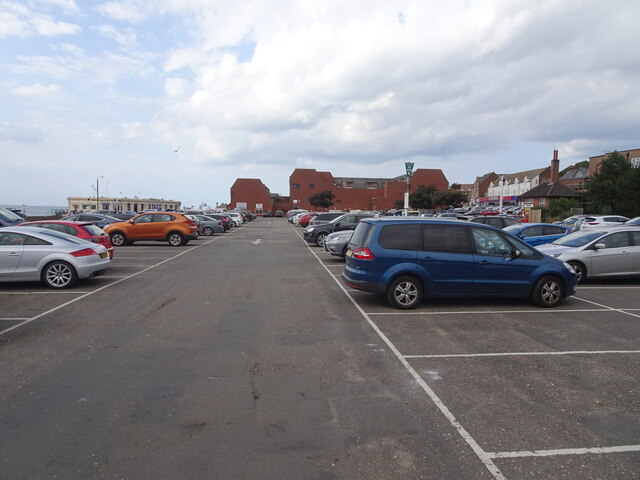
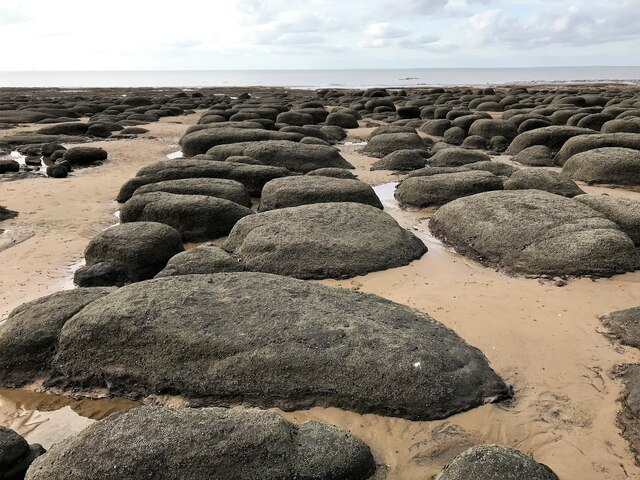
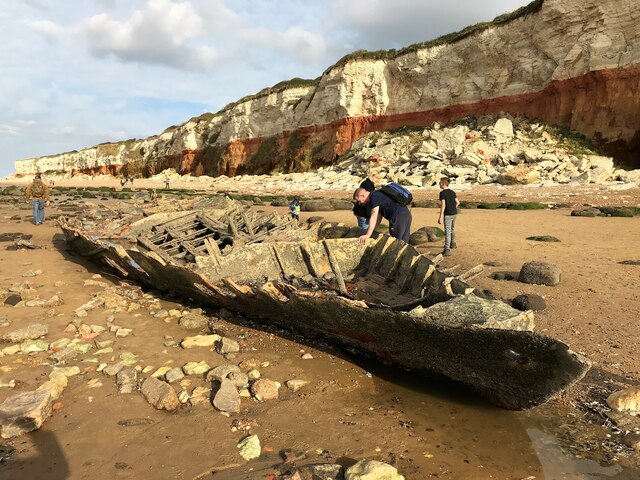
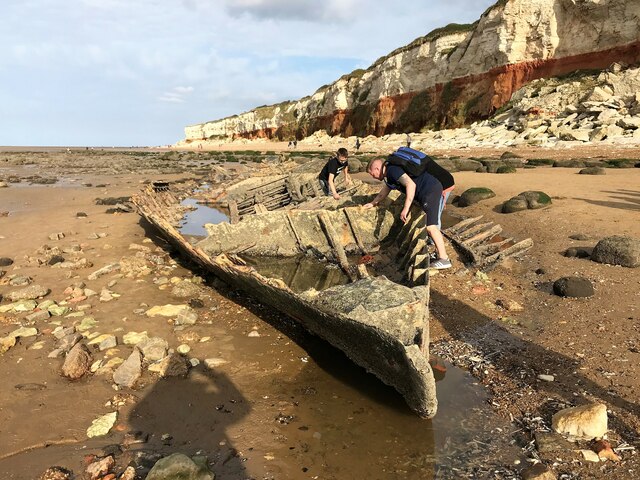




Beech Wood is located at Grid Ref: TF6841 (Lat: 52.939799, Lng: 0.51317447)
Administrative County: Norfolk
District: King's Lynn and West Norfolk
Police Authority: Norfolk
What 3 Words
///trusts.october.windpipe. Near Hunstanton, Norfolk
Nearby Locations
Related Wikis
Hunstanton Park Esker
Hunstanton Park Esker is a 17.3-hectare (43-acre) geological Site of Special Scientific Interest east of Hunstanton in Norfolk. The esker extends 1.5 km...
Hunstanton Hall
Hunstanton Hall, Old Hunstanton, Norfolk, England is a country house dating originally from the 15th century. The gatehouse, now detached from the main...
Ringstead Downs
Ringstead Downs is a 6.9-hectare (17-acre) biological Site of Special Scientific Interest east of Hunstanton in Norfolk. It is in the Norfolk Coast Area...
Paul Nicholas School of Acting & Performing Arts
The Paul Nicholas School of Acting & Performing Arts was a franchise of stage and performance schools created by actor and singer Paul Nicholas for young...
Smithdon High School
Smithdon High School (formerly known as Hunstanton Secondary Modern School and Hunstanton School) is a small comprehensive school (ages 11–16) academy...
Hunstanton Town Hall
Hunstanton Town Hall is a municipal building on The Green in Hunstanton, Norfolk, England. The structure, which is the meeting place of Hunstanton Town...
Hunstanton Cliffs
Hunstanton Cliffs is a 4.6-hectare (11-acre) biological and geological Site of Special Scientific Interest in Hunstanton in Norfolk. It is a Geological...
Old Hunstanton Lighthouse
Old Hunstanton Lighthouse is a former lighthouse located in Old Hunstanton in the English county of Norfolk, generally called Hunstanton Lighthouse (or...
Have you been to Beech Wood?
Leave your review of Beech Wood below (or comments, questions and feedback).
